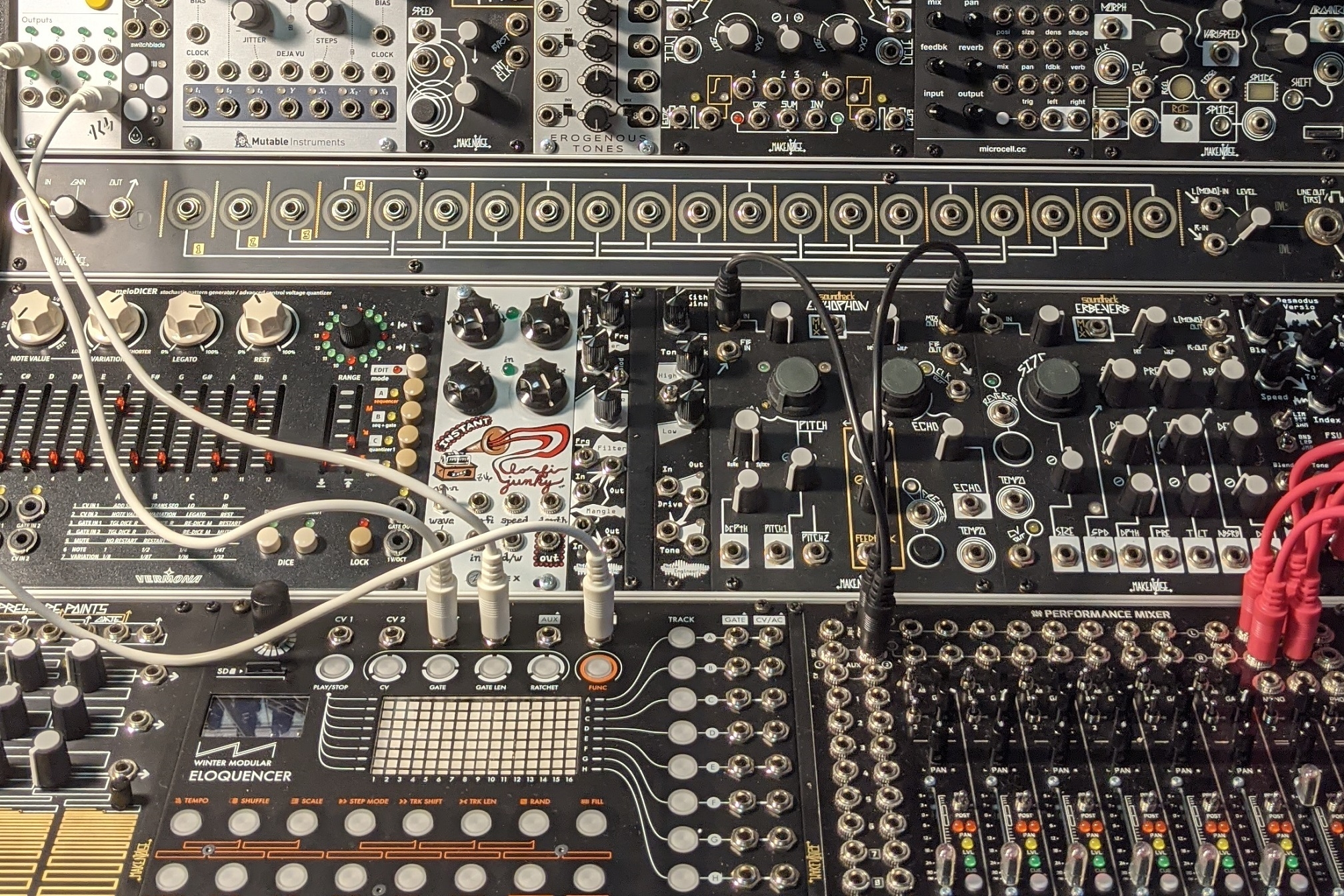 Features
Features
The joy of modular: getting deep into Asia's extraterrestrial synth scene
Exploring the weird and wonderful world of modular synthesis in Asia
The world of modular synthesisers can seem like a mysteriously complex beast. Often resembling intergalactic spaceship control panels – complete with endless knobs, wires and parameters – the technology involved appears to be designed for interplanetary exploration as much as it is for making music. When taking upon some of the complicated set-ups, it's easy to be bamboozled, but simply put, modular synthesisers are synths comprised of separate, interchangeable components which each provide their own sounds and functions.
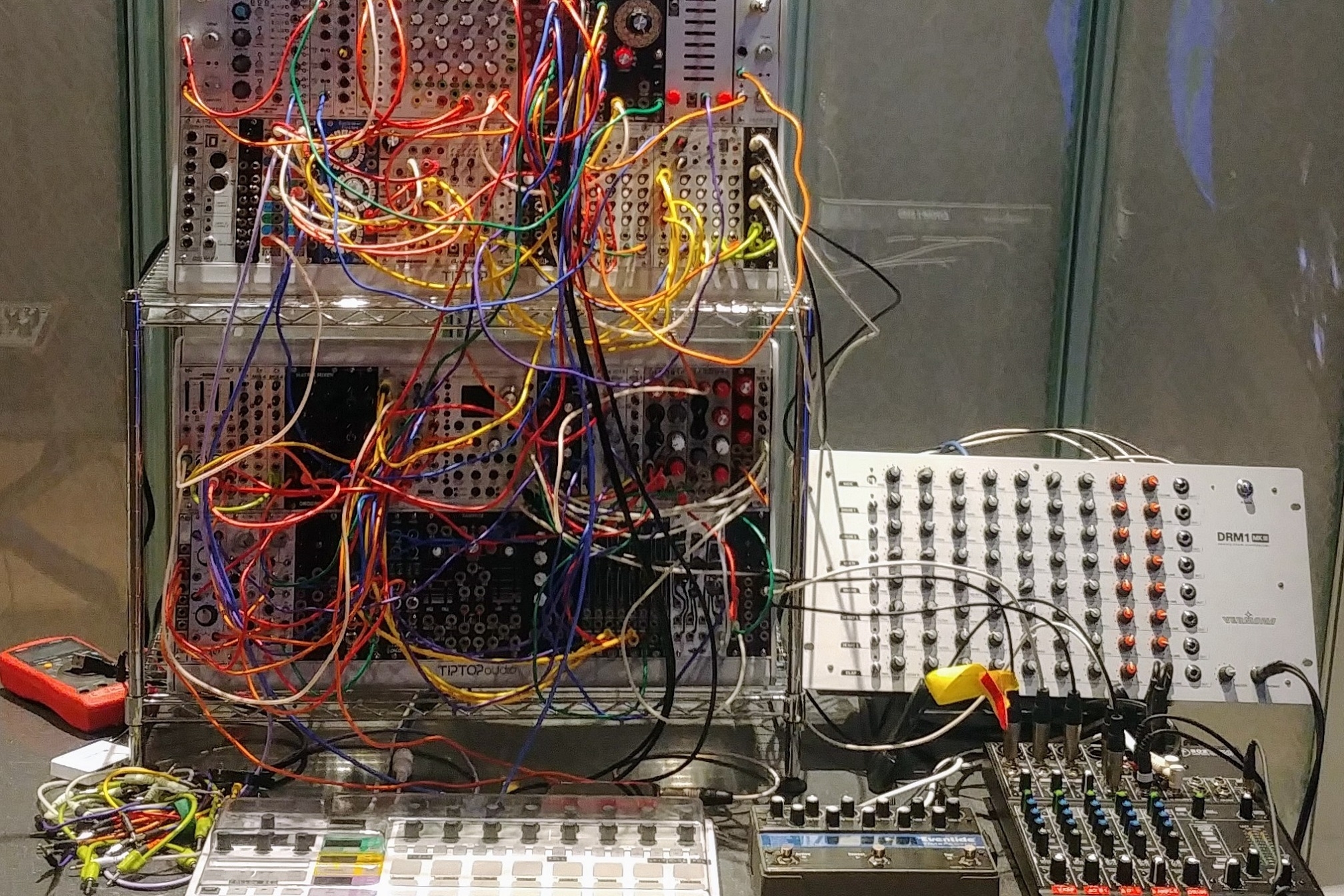
Ever since Kraftwerk's 'Trans-Europe Express' hit the record stores in 1977, the popularisation of synth-based music began to explode in earnest. It's safe to say that electronic music wouldn't exist as we know it today without synthesisers, drum machines and samplers. The advent of such machines becoming widely available gave birth to countless new genres (think electro, techno, house, drum 'n' bass and hip hop) in what must surely go down as one of the most exciting periods of modern musical history.
Once the preserve of the musical elite, the first commercially available synths from inventors such as Bob Moog cost a small fortune, and as such were far out of reach of the average musician or hobbyist. Moog himself recognised that the earliest synths were too large and expensive for wide-scale consumption, so set about condensing his designs. The 1970 launch of his Minimoog was something of a game-changer – a portable and self-contained synth that could be easily transported for shows and performance. It wasn't long before manufactures such as Japanese brands Korg and Yamaha began producing entry-level synths designed for home use, and the appearance of the Korg 700 mono-synth in 1976 perhaps represented the first time general users really had the opportunity to put their hands on an affordable model.
Since then, the market for all-in-one synthesisers has grown exponentially, and over the years countless models and variations have come into being. More recently, software versions of synths have become more and more powerful and are easier than ever to programme and use. Despite the convenience of these streamlined and virtual instruments, there is a loyal and growing community of enthusiasts, musicians, producers and inventors who swear-by the unquestionably more complicated modular incarnations of synths, and a mind-blowing array of machines exists today.
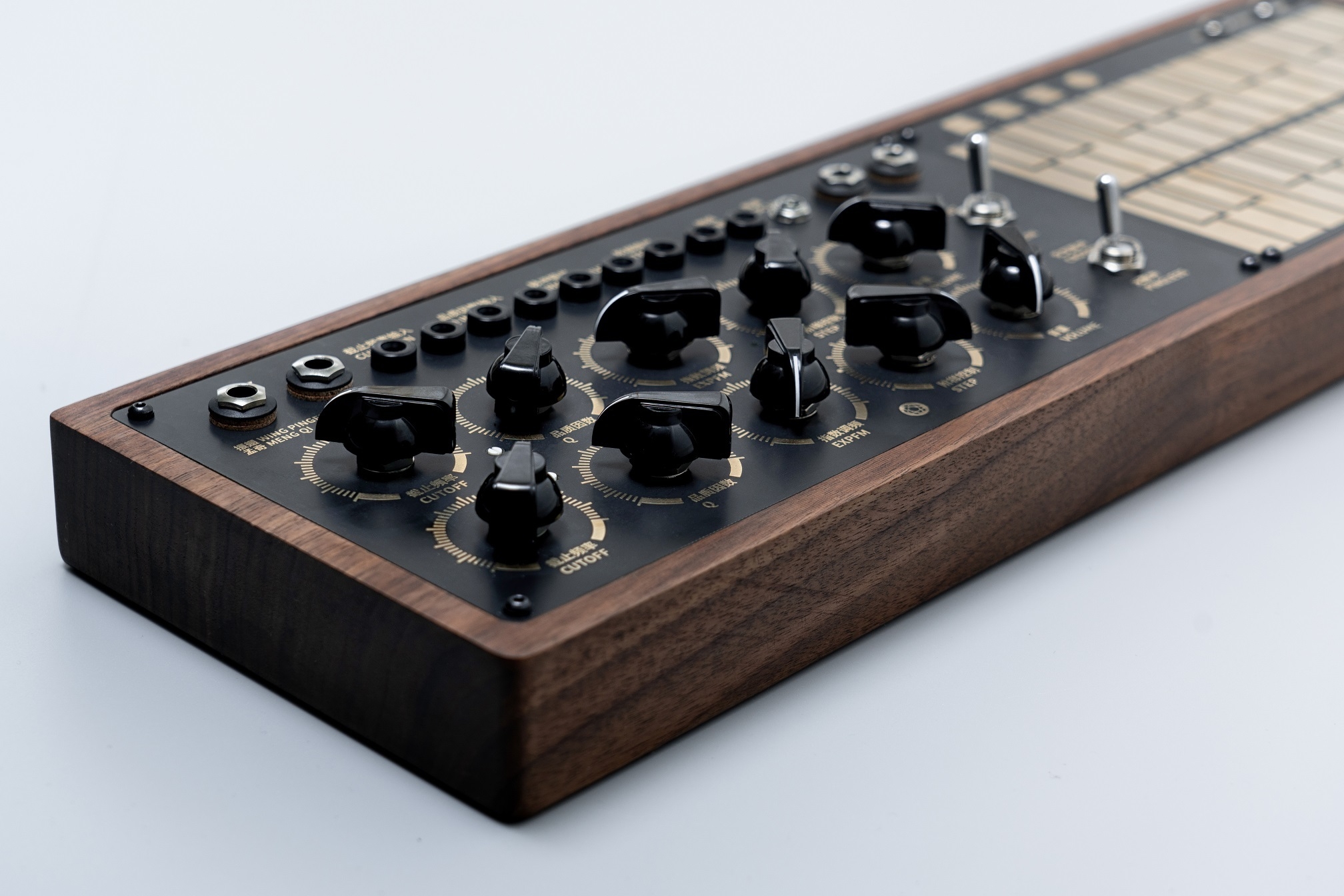
I was keen to speak to members of the Asian modular synth scene to find out more about what kind of community exists on the continent, as well as to learn about the appeal of these esoteric contraptions. My first step was to get in touch with Casey Anderson from Hong Kong-based store, Animato. Originally from the US, Casey has been living in Hong Kong since 2006 and has a background in music direction, DJing and live performance. “I kept dreaming of getting a big modular system, as it seemed the best way for performing live,” says Casey. “ Getting a complete system was a bit too expensive for me at the time, so to save money I taught myself electronics, learned to solder, sourced cheap parts and had circuit boards printed in Shenzhen, and I built my first DIY modular synth in 2017.” Since then, he's gone on to perform fully improvised live techno and ambient shows in Hong Kong, Shenzen, Vietnam and beyond.
Animato was set up by Justin Tsang and started life as an online store. “I was one of his first customers in HK,” says Casey. “Every time I'd buy something from Justin's website we'd go meet in a coffee store to do the exchange, and one time we got to daydreaming how cool it would be if there was a modular store in HK. Each time we met after that, Justin would ask me some preferences like, 'What kind of sound system is good? What do you think is the best way to do visuals for live shows? What do you need to do to get good acoustics in a room?'” As far as Casey was concerned, the pair were simply daydreaming their collective synth-store fantasy, unaware that Justin had been busily working behind the scenes. “Then one day he told me, 'OK, the store is ready, come see it,' and I was shocked that he had been building it the whole time!” No corners had been cut in actualising the vision. Casey's recommendations – such as incorporating a Funktion-1 sound system, an LED wall, and carefully designing the architecture for optimised acoustics – had been factored into the build. “I think having all the music gear available to play in one place is in itself a dream come true, and then for customers to be able to try out gear on a proper club sound system while audio-reactive visuals play on a huge LED screen makes the shop unique in the world.”

Making full use of the facilities, the store also organises the TONAL events series, where artists can showcase their skills. Initially focused on experimental and ambient sounds, the event has since expanded to encompass all of the styles that their wide-ranging community compose and create. Well-known local DJs are invited to play short, introspective sets in between performances, and the live line-up is comprised of celebrated artists as well as lesser-known players. “Through running the store Justin and I meet a lot of people who are making interesting music at home,” Casey tells me. “Many don't really know other musicians or don't release their music, or they're throwing music online and only getting a couple dozen listens. So when we find those people with interesting music, we encourage them to play our live show TONAL, and a lot of people have done their first or second proper live performances there.”
Shows of this kind offer a fantastic opportunity for up and coming artists to express themselves in front of an audience, as well as to rub shoulders with more established musicians and other modular enthusiasts. Fortunately, Hong Kong is not the only place in Asia where such events take place.

Over in Beijing, I spoke to Meng Qi, who is not only an artist but also a designer and manufacturer of modular synths. He feels that a genuine community exists across Asia. “ In Beijing, we have Module Commune, an event about modular synthesizers,” says Meng. “And there are also Tokyo and Kyoto modular festivals... I also happen to know a couple of modular synth players in Thailand.”
Meng Qi's modular designs are nothing short of breathtaking, with some resembling space-age artefacts or board games from a forgotten time. At the end of this year, he will release some striking new products to his range. “In late 2020, I'll release two of my new designs, called Wing Pinger and Wingie. Wing Pinger is an analogue musical instrument that merges chaos and melody on a highly optimized interface... Wingie is a handheld stereo resonator that brings rich harmonic contents to acoustic and electronic sounds.” An accomplished producer, Meng Qi regularly releases his own music, and as such is fully immersed in the modular life-cycle. Citing Trent Gil, Peter Blasser and Rob Hordijk as his synth heroes, Meng shared that his journey into synthesis has been distinctly hands-on. “I am mostly into musical interfaces,” he said. “So I've tried quite a lot different format modules, and various interface modules... I've also designed a few! Over the years, I've built quite a few instruments solely for interface experiments.”
Despite his penchant for all things modular, Meng believes there will always be room for the self-contained versions of the instrument. “I always believe that stand-alone synth is not only more of a complete presentation of the designer, it’s also more of a companion than a tool.”
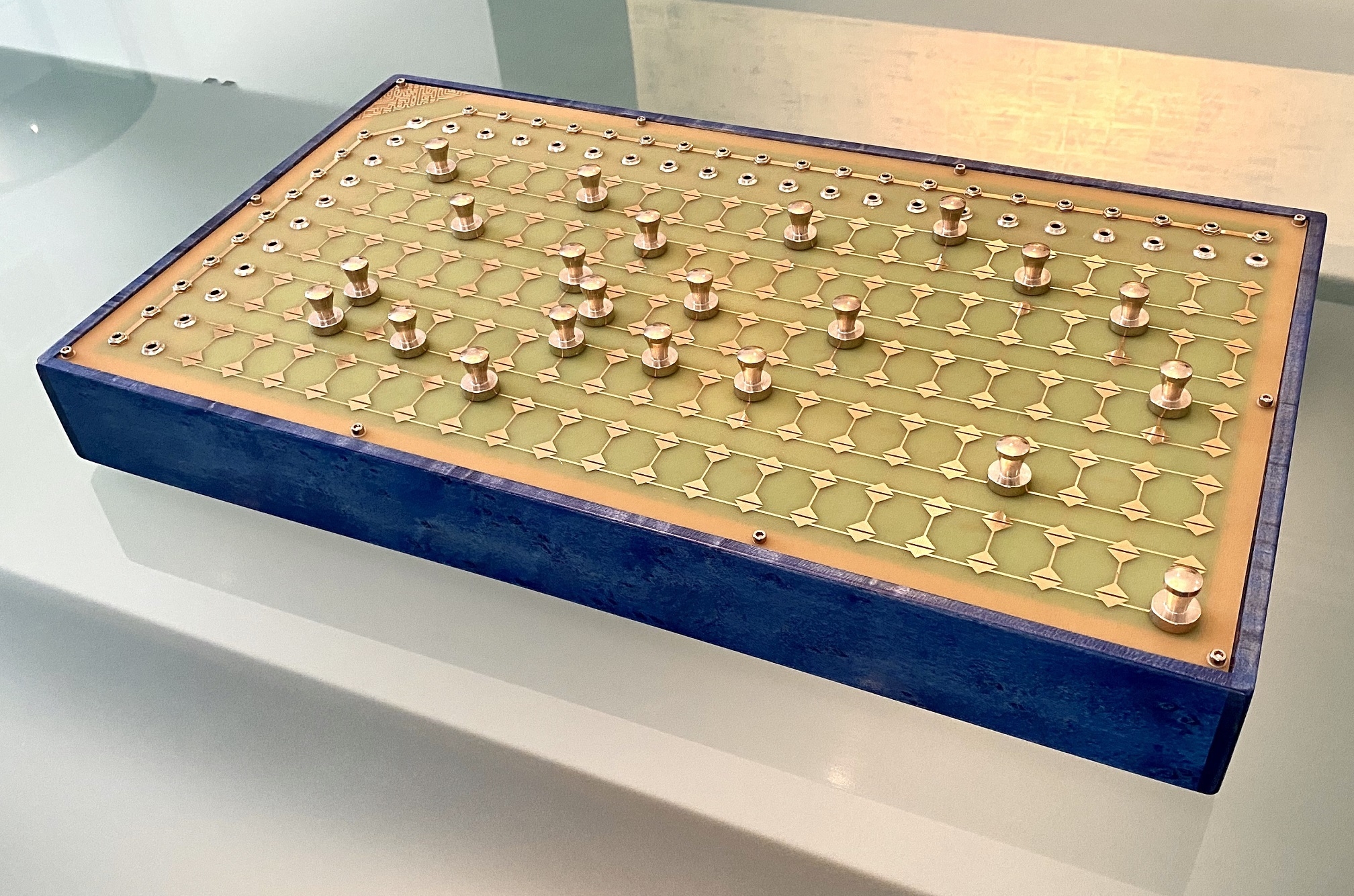
Also in Beijing is respected techno artist Shao Yanpeng (better known as SHAO), who performs regularly and has released music on perhaps the pinnacle of techno labels, Berlin-based Tresor Records. He tells me that his city hosts an event called The Modular Commune and that the scene has been growing rapidly over the past four of five years. For Shao, it's the sound and functionality that gives modular its appeal, though he feels the flexibility can be a double-edged sword, “ (there's) too much choice in a good and bad way!”
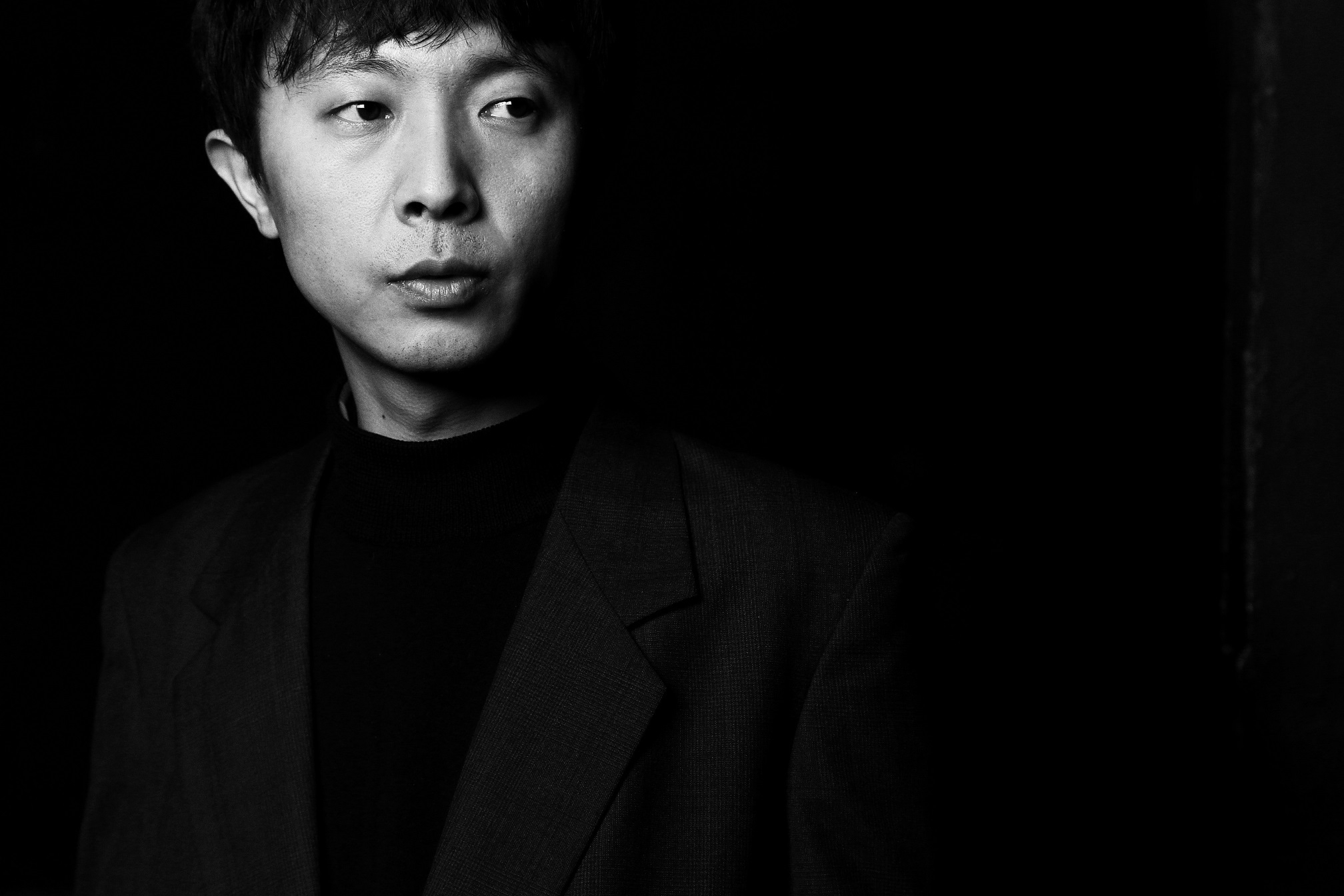
Another store which offers itself as a hub of synth activity is DigiLog in Taipei. Owner Frank Lin explains to me that Asia is the home to multiple small communities of enthusiasts. “Each group is like a local community, but (there are) not too many connections between those groups,” he says. Frank feels that the best way for such groups to grow and blossom locally and internationally is to attend synth exhibitions, meet-ups and workshops, and he regularly runs events of this kind via his store. When it comes to the unique appeal of modular synths, Frank suggests it's at least as much about the feel and the workflow as the sonic capabilities. “I think the sound of modular synths is attractive, but the most important thing is it lets users have more ideas to touch music and feel it.” I ask Frank – who cites Colin Benders as a personal synth hero – what drew him to the discipline in the first place, “it's a way to the future sound, (so) I'm satisfied,” he explains.
Elsewhere
in Asia, though the scene is small, synth lovers find other ways to
connect. Patrick Donze is a Swiss musician and modular enthusiast
based in Singapore, he started out jamming on software synths before
graduating to the hardware versions. “ I was using Reaktor from
Native Instruments... with some other synths,” he says. “Around
2017, I came across the documentary I Dream Of Wires and
then decided to buy a MakeNoise Shared System. Since then I am only
playing with modular synths and have expanded my system quite a bit.”
Patrick shares that the scene in his adopted home is still in its
infancy. “It is still a very small scene. There are unfortunately
no local shops or dedicated modular synths events. In Singapore, we
all connect through social media and a regular synth jams (before
Covid a least). There are quite a number of very passionate synth
people in Singapore and it is a pleasure to be part of that
community.”
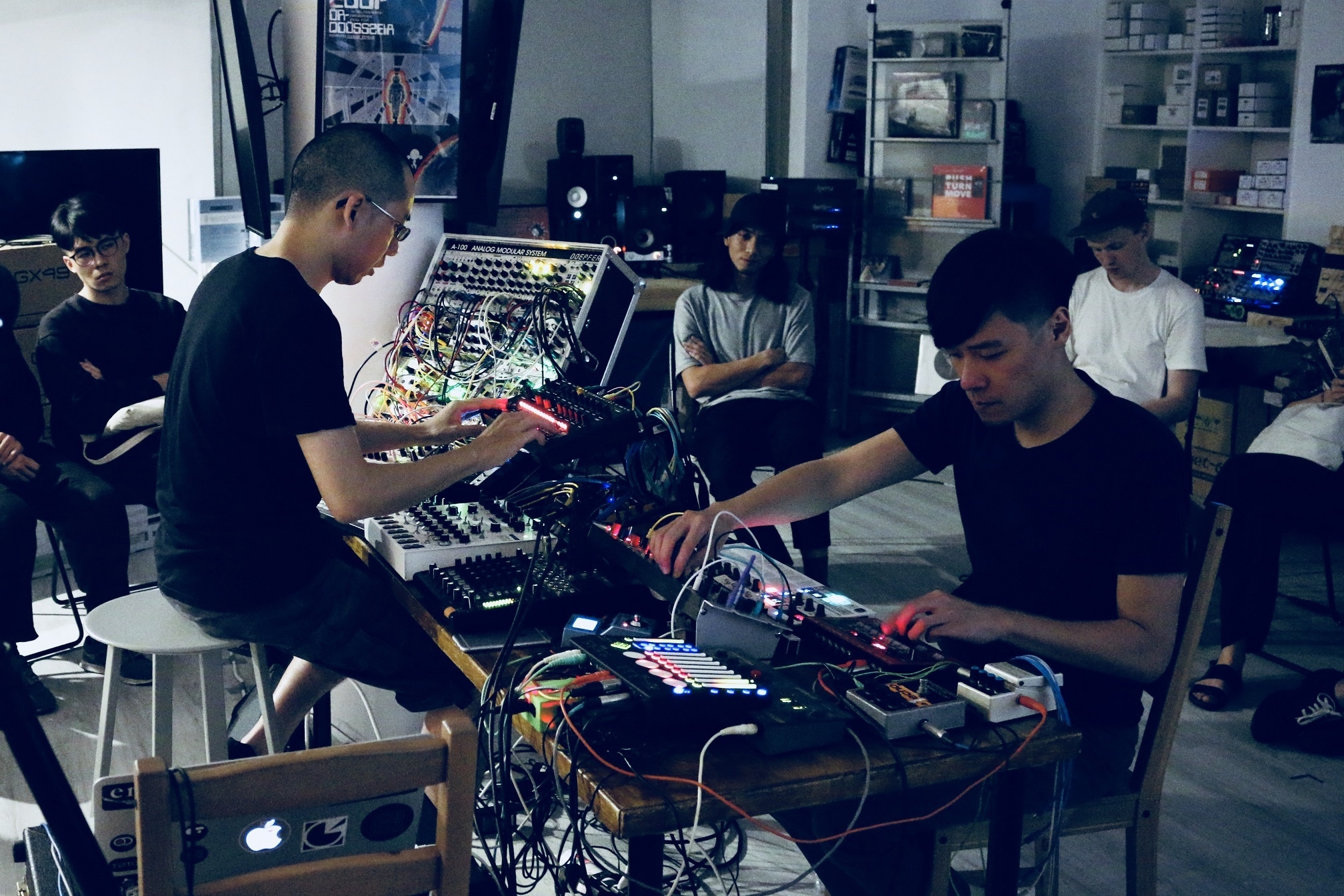
For Patrick, the flexibility is a big part of the appeal of modular. “Modular synths provide a hands-on experience to deepen your knowledge of sounds synthesis,” he says. ”Unlike a hard-wired synth, there is no order of connections. It opens the doors to infinite, and often unusual, combinations of sound.” Patrick goes on to tell me that he enjoys jamming out sounds on his kit, “the process of creating a patch* is as important as the final patch itself,” he says. “With modular, you will never get the same sound again and that's perfectly fine. It is also extremely satisfying to un-patch my system and start all over again. I usually do not keep a patch for more than a week. Maybe two at most."
Also based in Singapore, Marcus Gho started out as a jazz pianist before delving into the world of synthesis, initially experimenting with the Minimoog – a popular instrument among jazzers – before going on to buy a Korg ARP Odyssey. But that was just the beginning. “The tipping point was when I attended the Tokyo Festival of Modular 2019,” he tells me. “I had a small modular rig prior to that and after that, I realized I need to a much bigger case!” Marcus agrees that the scene in Singapore is on the small side. Previously he lived in the Chinese city of Chengdu, where he feels the community is a little more established. “Before Covid, I was active with the China modular scene especially Chengdu... The Chinese are pretty enthusiastic about modular and I am involved with a Wechat group with over 100 members. There are usually modular-based events held every few months where artists will do exhibitions and demonstrations.”
Marcus offers an interesting take on what makes modular set-ups so attractive to users, and for him, it has a lot to do with his jazz background. “In Jazz Piano, you are totally focused on harmony and melody. Most Jazz pianist will just use the default piano patch on their keyboard and use their fingers and phrasing to create timbre. In modular, the approach to music is totally opposite. There are no chords to consider, it is all about the sound and timbre.” Marcus, who also enjoys the physically building the modules from component parts, feels that the beauty of modular is in being forced to break down the process of making a sound. “An analogy will be like a chef tasting a dish and immediately start deconstructing the dish and recreating the menu and cooking technique in his mind,” he says. “In modular, you can recreate anything... as long as you have enough modules and patch cables!”
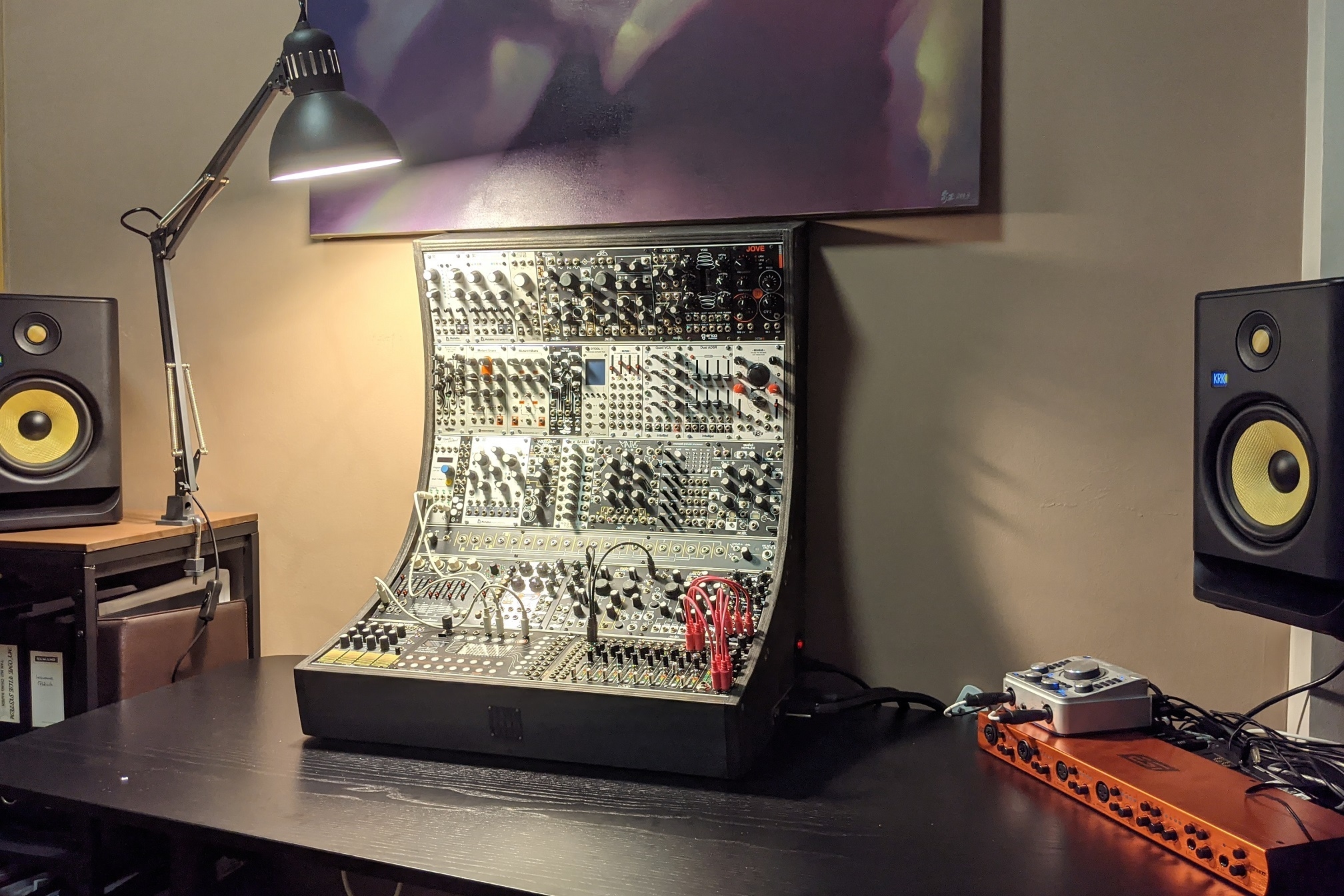
It's not always plain-sailing when using modular equipment, and Marcus acknowledges that with the added flexibility comes potential pitfalls. “For Performance, recording and jamming, it has been a pain in the ass as analogue oscillators will go out of tune.”
Meng Qi agrees that it's far from easy when operating these complex machines. He suggests that getting lost in the freedom that modular synths offer is a very real hazard and that getting stuck repeating bad habits can be a problem for him. Meng explains not taking enough time when exploring various configurations can also be a danger, saying it's important to resist “the urge to re-patch before you spend enough time to know the potential of the current patch."
Finally, Frank Lin is another who feels that the unique way modular synths are operated can cause headaches. For him, the problem boils down to one thing: “memory,” he says. “Keeping those patches is tough work!”
However, far overriding the complications which arise when working with modular synthesisers, it's abundantly clear that the pleasure they bring in terms of functionality and sound, as well as the ability to 'hands-on' explore and create means that their charm will continue to endure. Couple with that the community element – the ability for users to engage and exchange over a shared passion – and you can be sure that the weird and wonderful world of the modular will continue to attract devoted admirers and sonic explorers alike, throughout Asia and far, far beyond.
*Patch
– a sound made up from a combination of oscillators and/or
samples combined with filters, envelopes and effects.
Want to know more, or just plain confused as to what modular synthesisers even are? This video should go some way to help.


